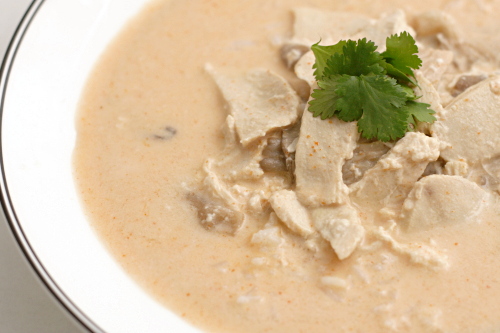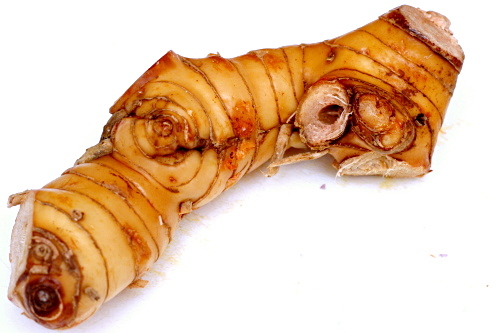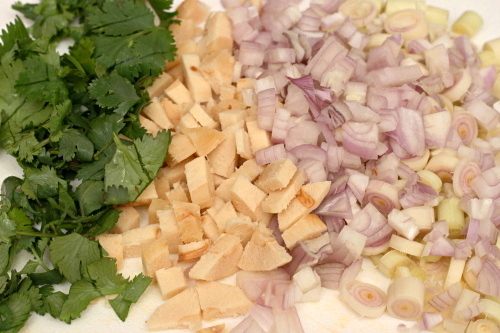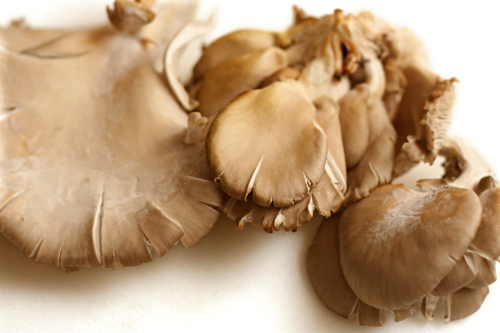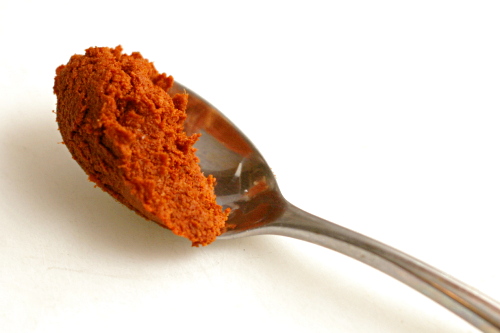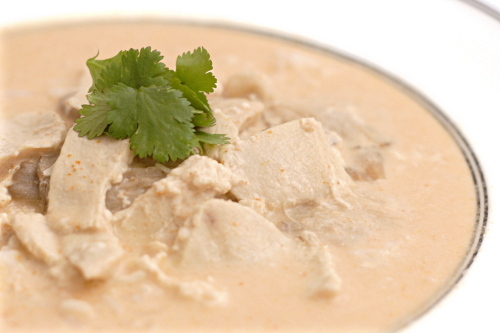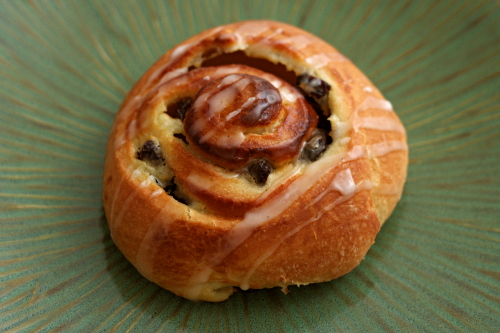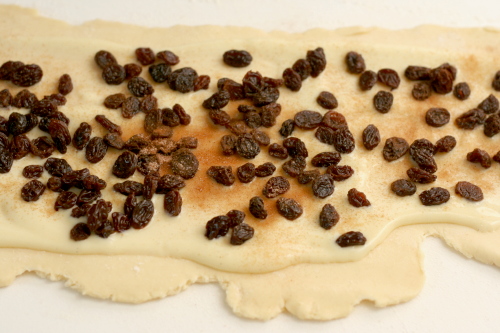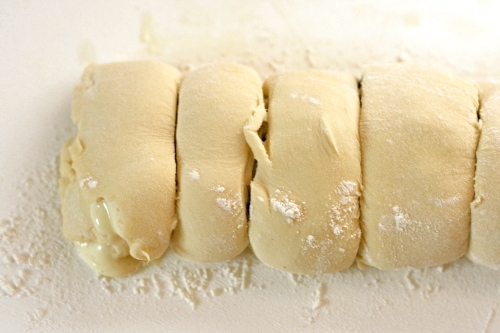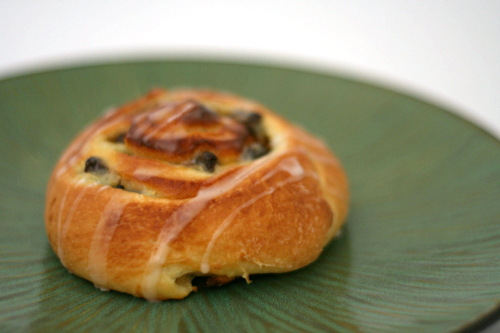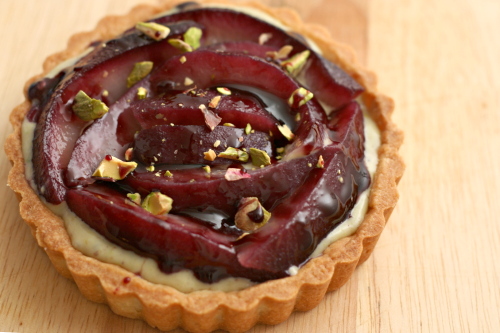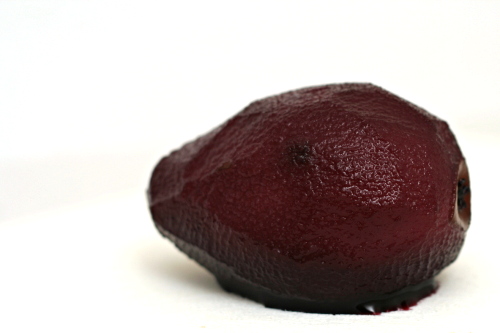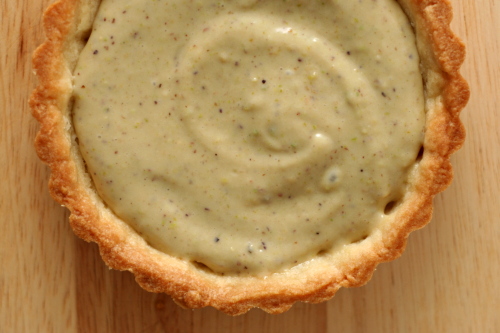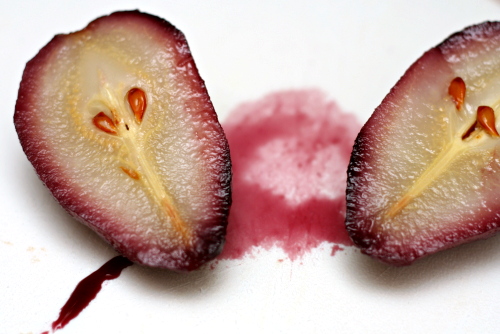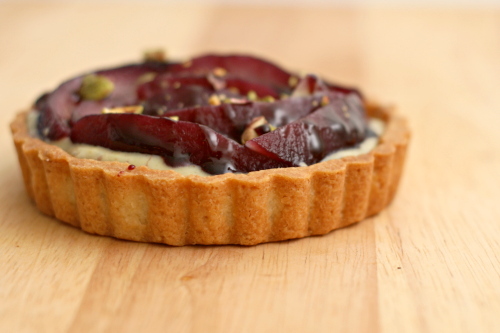Cooking and eating, I think I manage to do ambitiously. I just really like food, and I want to enjoy it as much as absolutely possible. That means I need to eat whatever is offered to me with an open mind. My desire to try new foods is driven by curiosity, but my desire to cook new recipes is about challenging myself. How much can I learn? How good can I be?
But I have a weakness when it comes to food, and that is in the shopping. I go to the store with a plan and a list. Occasionally the store will have some seasonal item – long beans, meyer lemons, kaffir lime leaves – but I never buy it. Because what would I make with it? What other ingredients would I need to use it? I never know, and I’m not willing to make more grocery store trips than necessary, so I miss a lot of opportunities to try new ingredients.
Finally I decided there was at least one produce item that there was no excuse not to try, and that is galangal. It’s often compared to ginger. Ginger has a long shelf life, so I assumed that galangal did too. I could buy it one of those rare times when it was available and ignore it for a week or two until I found a recipe to use it in.
In the end, I used it in a recipe that doesn’t even require galangal. Cooks Illustrated’s Thai-style chicken soup (their version of tom kha gai) bypasses the need for ingredients that are difficult to find – like galangal – by designing the recipe around readily available prepared red curry paste.
The curry paste already has galangal in it, but I figured it couldn’t hurt to sweat fresh galangal with the lemongrass, cilantro, shallots and fish sauce. Coconut milk and chicken broth are steeped in the vegetables, and then they’re strained out, leaving you with a sweet, deeply flavored coconut broth, in which thinly sliced mushrooms and chicken are briefly cooked.
I’ve made this soup for years, and it is good. Really, exceptionally good. The kind of good where I spend the whole meal saying “oh my gosh this is so good!” (which I’m sure is just as annoying as you’d expect). I don’t think adding fresh galangal made a significant difference in the end product, but that’s okay – I got to play around with a new ingredient, and that makes me almost as happy as this soup does.
Printer Friendly Recipe
Thai-Style Chicken Soup (from Cooks Illustrated)
6-8 as an appetizer, 4 as a main course
I like to skip the serrano chile garnish (and a rarely bother with the scallion and lime garnishes) and add just one chile to the vegetables in step 1. It makes the soup a bit spicy.
This is great as a first course with pad Thai served afterward, or as a simple main dish served over rice.
Cooks Illustrated recommends Chaokoh coconut milk, which is what I’ve always used. For a lighter option, they like A Taste of Thai’s Lite Coconut Milk, but I’ve never been able to find it.
1 teaspoon vegetable oil
3 stalks lemon grass, tough outer leaves removed, bottom 5 inches halved lengthwise and sliced thin crosswise
3 large shallots, chopped
8 sprigs fresh cilantro leaves, chopped coarse
3 tablespoons fish sauce
4 cups low-sodium chicken broth
2 (14-ounce) cans coconut milk, well-shaken
1 tablespoon sugar
½ pound white mushrooms, cleaned, stems trimmed, cut into ¼-inch slices
1 pound boneless, skinless chicken breasts, halved lengthwise and sliced on bias into ⅛-inch-thick pieces
3 tablespoons fresh lime juice from 2 to 3 limes
2 teaspoons red curry paste (Thai)
Garnish:
½ cup fresh cilantro leaves
2 serrano chiles, sliced thin
2 scallions, sliced thin on bias
1 lime, cut into wedges
1. Heat the oil in a large saucepan over medium heat until just shimmering. Add the lemon grass, shallots, cilantro, and 1 tablespoon fish sauce; cook, stirring frequently, until the vegetables are just softened, 2 to 5 minutes (vegetables should not brown). Stir in the chicken broth and 1 can of the coconut milk; bring to a simmer over high heat. Cover, reduce the heat to low, and simmer until the flavors have blended, 10 minutes. Pour the broth through a fine-mesh strainer and discard the solids in the strainer. Rinse the saucepan and return the broth mixture to the pan.
2. Return the pan to medium-high heat. Stir the remaining can of coconut milk and sugar into the broth mixture and bring to a simmer. Reduce heat to medium, add mushrooms, and cook until just tender, 2 to 3 minutes. Add chicken and cook, stirring constantly, until no longer pink, 1 to 3 minutes. Remove soup from heat.
3. Combine lime juice, curry paste, and remaining 2 tablespoons fish sauce in small bowl; stir into soup. Ladle soup into bowls and garnish with cilantro, chiles, and scallions. Serve immediately with lime wedges.
